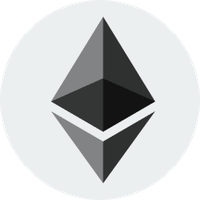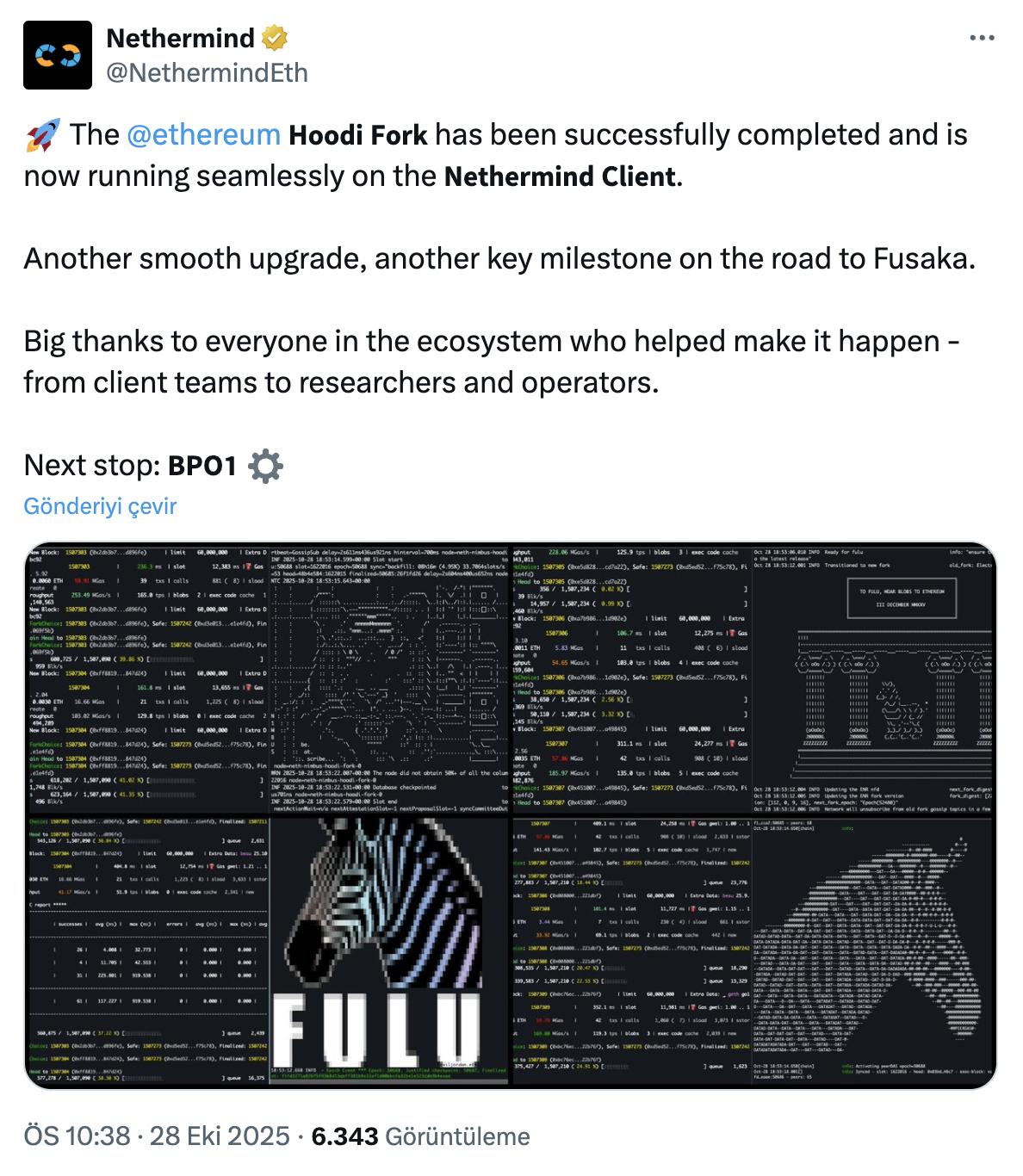Ethereum  $3,998.89 network has successfully completed its final testnet phase leading up to the Fusaka update. The Nethermind team announced that the Hoodi fork was successfully activated on the test network on October 28. announced. This brings developers one step closer to the mainnet launch scheduled for December 3. While the cryptocurrency market remains calm in the shadow of macroeconomic uncertainties, the price of ETH is moving around $4,000, down over 2 percent.
$3,998.89 network has successfully completed its final testnet phase leading up to the Fusaka update. The Nethermind team announced that the Hoodi fork was successfully activated on the test network on October 28. announced. This brings developers one step closer to the mainnet launch scheduled for December 3. While the cryptocurrency market remains calm in the shadow of macroeconomic uncertainties, the price of ETH is moving around $4,000, down over 2 percent.
Update Will Redefine Efficiency in Ethereum
hoodi net, Fusaka update It serves as the final testing environment before. Previously in October Sepolia And Holesky The applications carried out on test networks were successful. While Holesky was shut down as planned after being activated on October 1, Sepolia completed the update on October 14.

Fusaka moved to mainnet in May Pectra updateIt is a direct sequel to . While simplifying its validator processes, Pectra introduced account abstraction through EIP-7702 and reduced Layer-2 costs by increasing blob capacity per block. In this way, data transfer within the Blockchain was accelerated and scalability was significantly improved.
New Era with Verkle Trees and PeerDAS
The Fusaka update is designed to expand Ethereum’s data processing capacity. The developers plan to gradually increase the number of blobs per block with two successive hard forks, which they call Blob Parameter Only (BPO).
The first phase will go live around December 17 and will support up to 10 blobs per block. With the completion of the second phase on January 7, 2026, this number will be increased to 14 and the data capacity of the network will more than double. With the update, nodes’ access to Layer-2 data will be optimized by applying Peer Data Availability Sampling (PeerDAS) within the scope of EIP-7594.
In addition, the Verkle Trees structure will increase network efficiency by providing more compressed state proofs, and the transaction throughput will be increased in the base layer by increasing the block gas limit.









